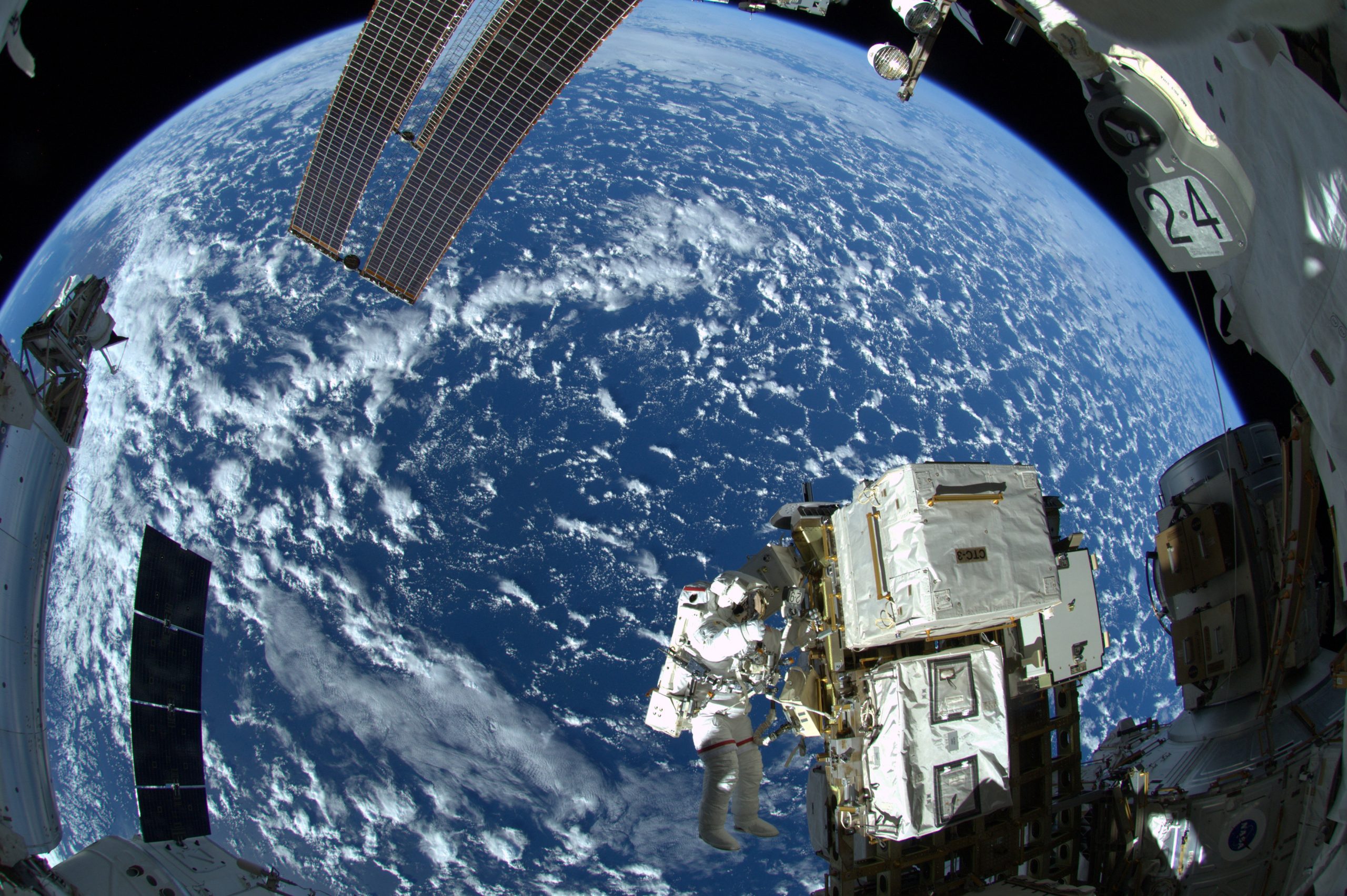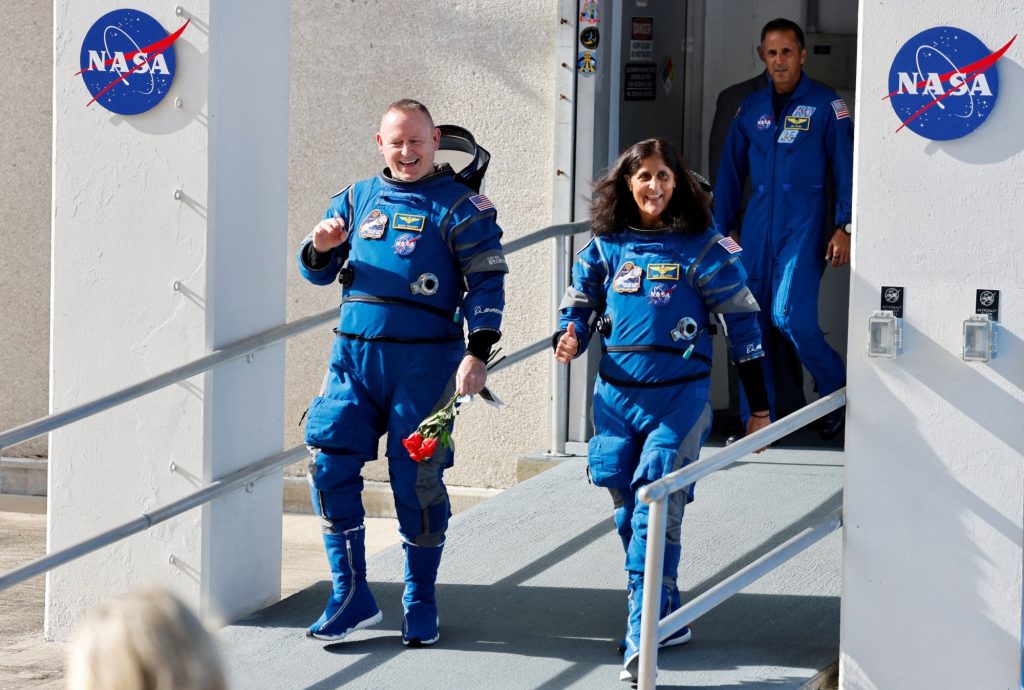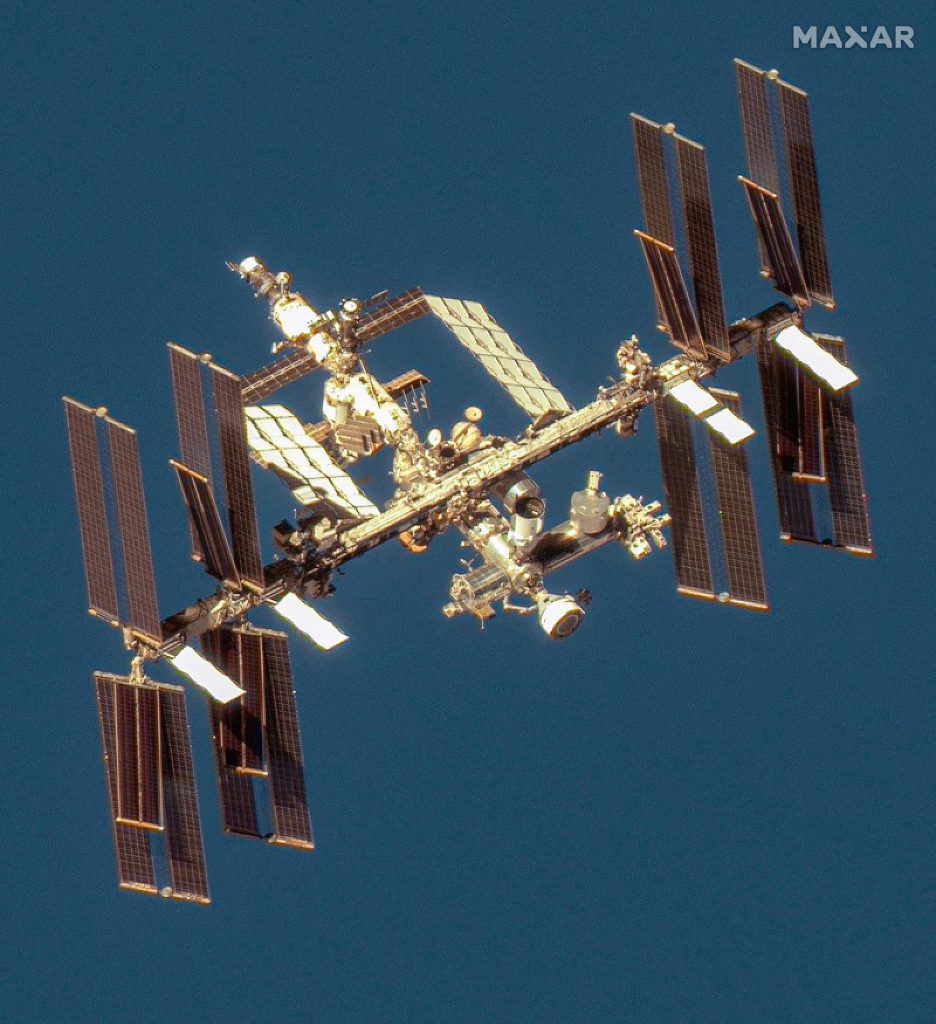
The two astronauts on the maiden flight of Boeing’s Starliner spacecraft remained stranded on the International Space Station for days, repeatedly creating technical problems that have yet to be resolved.
NASA has postponed the return three times, and now has no set date for the flight.
Since its launch on June 5, the Starliner has experienced five solar gas leaks, and failures of five thrusters and a fuel valve, problems that Boeing and NASA engineers are still trying to resolve.
An unnamed source told Reuters that the vehicle could remain parked on the International Space Station for up to 45 days, a period that could be extended to 72 days if necessary.
NASA has set an unofficial return date of July 6, meaning the mission, which was supposed to last 8 days, will end for a month, agency sources said.
Reuters lists possible scenarios for the return of American riders Sunita Williams and Barry Wilmore.

Barry Wilmore and Sunita Williams will remain on the International Space Station indefinitely (Reuters)
Good scenario
The technical problems center on Starliner’s detachable “support module,” which houses the propulsion system that will propel the vehicle away from the International Space Station. The mission management team, made up of experts from NASA and Boeing, is running simulations in Houston and looking into whether the problems can be fixed through a software update or other means.
If NASA gives the go-ahead to return, Starliner will depart the station on a six-hour journey back to Earth and parachute down in the southwestern United States.
If the mission is successful, the Starliner will be certified to transport crews to and from the International Space Station, a route currently served by Russia’s Soyuz and SpaceX’s Crew Dragon, which was awarded a NASA contract for the first time.

The Starliner can be seen parked on the International Space Station (center) in a satellite image (Reuters/Maxar)
And the bad scenario
If the Starliner vehicle is ultimately deemed unable to return safely, one possibility would be to return the two astronauts aboard SpaceX’s Crew Dragon spacecraft, which carried four astronauts to the International Space Station in March and can carry more if needed.
This scenario, which is currently considered unlikely, would deal a strong blow to the prestige of Boeing, which has long been accused of having safety problems in its aircraft.
The last time NASA astronauts had to return on a different vehicle was in 2022, when a Russian Soyuz capsule suffered a coolant leak after carrying two Russian astronauts and US astronaut Mark Rubio to the International Space Station.
The US space agency then considered the possibility of transporting them aboard the Crew Dragon, but in the end a second Soyuz vehicle hastily launched by Russia was used.
As a result, Rubio’s mission was extended from 6 months to 371 days, a record for an American astronaut.

“Total alcohol fanatic. Coffee junkie. Amateur twitter evangelist. Wannabe zombie enthusiast.”





More Stories
Is this what the PS5 Pro will look like? (Image)
Finally, Windows 11 24H2 update significantly boosts AMD Ryzen – Windows 11 performance
Heart Surgeon Reveals The 4 Things He ‘Totally Avoids’ In His Life